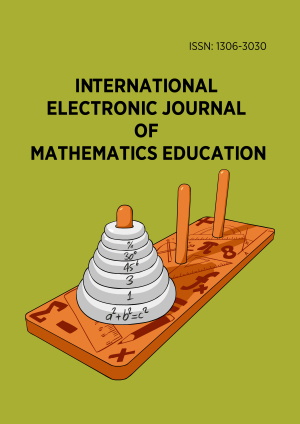Abstract
The ability to analyse qualitative information from quantitative information, and/or to create new information from qualitative and quantitative information is the key task of statistical literacy in the 21st century. Although several studies have focussed on critical evaluation of statistical information, this aspect of research has not been clearly conceptualised as yet. This paper presents a hierarchy of the graphical interpretation component of statistical literacy. 175 participants from different educational levels (junior high school to graduate students) responded to a questionnaire and some of them were also interviewed. The SOLO Taxonomy was used for coding the students’ responses and the Rasch model was used to clarify the construction of the hierarchy. Five different levels of interpretations of graphs were identified: Idiosyncratic, Basic graph reading, Rational/Literal, Critical, and Hypothesising and Modelling. These results will provide guidelines for teaching statistical literacy.
License
This is an open access article distributed under the Creative Commons Attribution License which permits unrestricted use, distribution, and reproduction in any medium, provided the original work is properly cited.
Article Type: Research Article
INT ELECT J MATH ED, Volume 2, Issue 3, October 2007, 298-318
https://doi.org/10.29333/iejme/214
Publication date: 12 Dec 2007
Article Views: 6079
Article Downloads: 4466
Open Access References How to cite this article
 Full Text (PDF)
Full Text (PDF)